By Blaine Taylor
Dreams of “Yugo Slavia” or South Slavia, began in the 1860s, and by World War I intellectuals in the region pined away for a Greater Serbia that would stretch east from the Black Sea to the Aegean, uniting all Serbs. It was a dream marked by frequent shedding of blood—sometimes noble blood. In 1900, the king of Serbia, Alexander I Obrenovic, married his mistress, Draga Masin, angering his army general staff and the Radical Party. In 1903, rebels from the Belgrade garrison broke into the royal palace and shot down the king and queen, throwing their naked bodies into the garden.
For the slain monarch’s successor, the Serbs convinced 70-year-old Peter Karadordevic, descended from the 18th century’s notorious “Black Peter,” to accept the bloodied crown. He ruled as Peter I until 1914, when he stepped aside due to ill health. His eldest son George had been passed over as successor in 1909 after fatally kicking a servant in a temper tantrum, and the younger son, Alexander, had become crown prince, succeeding his father as regent five years later.
Born on December 16, 1888, in Montenegro, Alexander was educated at Geneva and in the Corps of Imperial Pages at St. Petersburg. In 1910, he nearly died of typhus, which left him with stomach problems for the remainder of his life. As Crown Prince Alexander, he commanded the 1st Army in the First Balkan War of 1912, helping to win battles at Kumanovo and Bitola, and also led troops in the Second Balkan War of 1913. On June 24, 1914, Alexander was formally named Regent of Serbia.
With the outbreak of World War I, Alexander became nominal commander-in-chief of the Royal Serbian Army, although actual command was exercised by his chiefs of staff. The Serbs won victories against the Imperial Austro-Hungarian Army in the Battles of Cer and Kolubar (the Drina) in 1914, but suffered setbacks the next year, withdrawing to the Greek island of Corfu to reorganize. They won another victory at Kajmakcalan on the Macedonian front and were a major part of the final Allied breakthrough in October 1918 that witnessed the ultimate collapse of the Hapsburg Empire.
The overall form for a new Slav state had been decided on Corfu by both Serb and Croat politicians the previous July, and independence from Austria was declared on October 29, 1918. Although the Serbs made up less than half of its new population, they effectively ran the country. On December 1, Alexander proclaimed the new Kingdom of Serbs, Croats, and Slovenes, and “gallant little Serbia” of World War I fame came to dominate the future Yugoslavia. As such, the new nation was welcomed by Greece, feared by Italy, and glumly tolerated by the other Balkan states. Since it had been formulated before the Allied Paris Peace Conference of 1919, the victors recognized the kingdom’s self-proclaimed frontiers and padded out its borders with even more land. The result was a state three times bigger than the old Serbia, with even more foes.
In 1921,the Crown Regent became King Alexander I. That June 28, on the anniversary of the famous Battle of Kosovo, Alexander took an oath to uphold the new constitution of what now became known as Yugoslavia. It comprised Serbia, Montenegro, Croatia, Slovenia, Dalmatia, Bosnia, Herzegovina, and parts of Macedonia. The new, centralized state, ruled with an iron hand from Belgrade, was formalized under the 1921 Vidovadan Constitution. The new monarch married Princess Maria of Romania on June 8, 1922. They had three sons: Crown Prince Peter, and Princes Tomislav and Andrej.
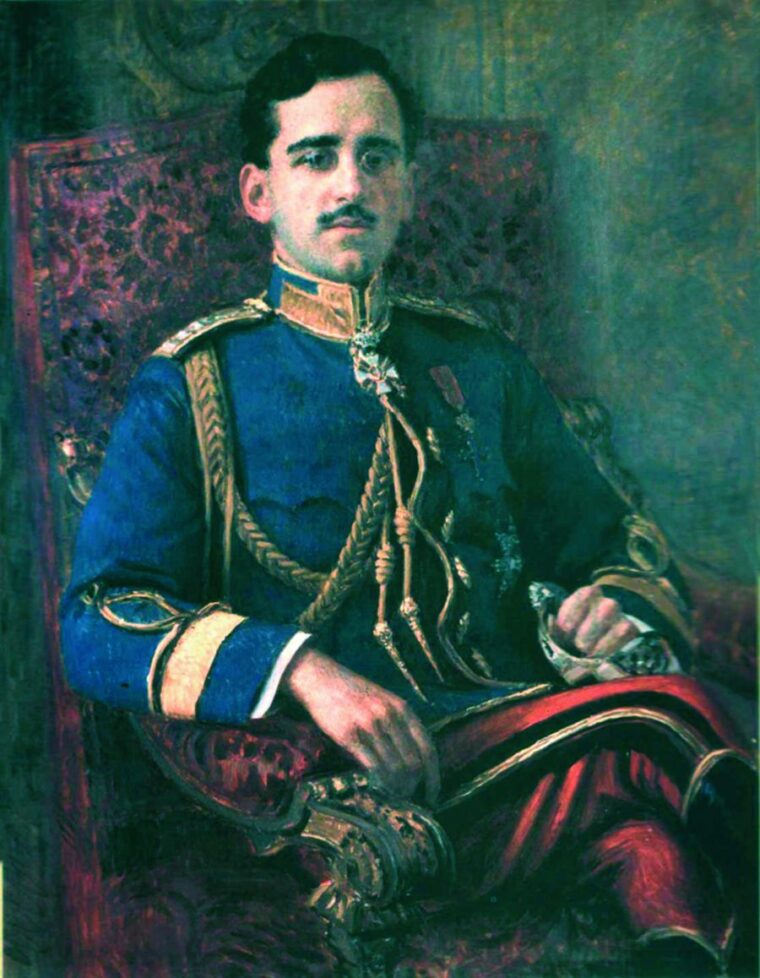
Assassination and political unrest followed in the wake of Serb domination of the central government and rumblings of Croat separatism. There were serious riots in 1928 after elected Croat deputies withdrew from the national parliament. A shooting on the floor of the house the next year caused the king to suspend the 1921 constitution and establish a military dictatorship, later referred to as the “Regime of the 6th of January” by its foes. “The machine no longer works,” Alexander declared.
The king easily routed the Yugoslavian Communist Party, but his palace coup also led to the formation of the Croatian Ustasha, or Rebel, Party, led by Zagreb lawyer Dr. Ante Pavelic. Outlawed by the king, Ustasha leaders fled to fascist Italy, where the party operated under the secret protection of Prime Minister Benito Mussolini.
On October 3, 1929, Alexander renamed the state the Kingdom of Yugoslavia, and on September 3, 1931, he assumed unlimited executive powers under yet another constitution. Elections were to be by universal male suffrage only, the secret ballot was abolished, and all public employees had to vote for his party. The king also appointed the members of Parliament’s upper house, effectively controlling all legislation.
Meanwhile, Yugoslavia joined two French-inspired diplomatic and military alliances that were designed to keep down defeated Germany: the Little Entente and the Balkan Pact. This brought Alexander into contact with French Foreign Minister Louis Barthou, 72, who wanted to craft a new alliance among these states and Soviet Russia to deter increasingly aggressive Nazi Germany from going to war. Adolf Hitler understandably wanted to prevent such an alliance.
Alexander and Barthou decided to meet at the port of Marseilles on October 9, 1934, a Tuesday, despite the fact that the superstitious monarch had previously refused to take part in any public functions on that day due to the deaths of a trio family members on a Tuesday. It was to prove a well-justified portent of doom.
Upon receiving the news of Alexander’s planned visit to France, Count Galeazzo Ciano summoned Ante Pavelic to Rome. There, they allegedly discussed ways and means of killing the king. Once these plans had been agreed, Mussolini met the plotters in his Villa Torlonia, outside of Rome. Chief among them was Vlado Chernozemski, a Bulgarian national and crack pistol shot who had already killed two members of the Bulgarian Parliament in Sofia. Chernozemski was a member of the Ustasha
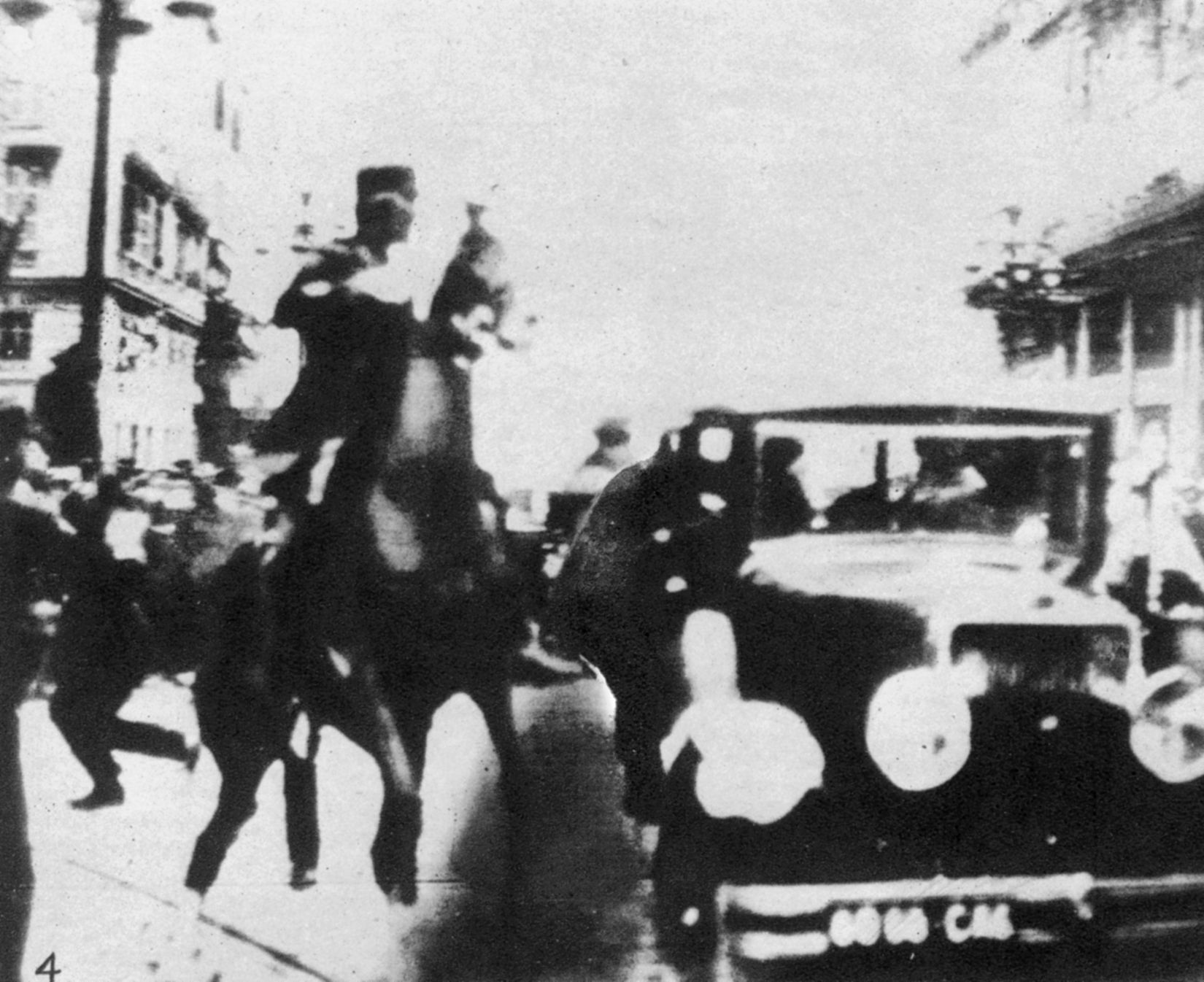
Croatian Revolutionary Organization, which cooperated with the anti-Serbian Internal Macedonian Revolutionary Organization, or IMRO. The German SS was also aware of the plot, but not actively involved in it.
Just before 4 pm on October 9, the Royal Yugoslavian Navy destroyer Dubrovnik sailed under Marseilles’ Old Port Bridge as artillery roared a salute and French aircraft flew
overhead. A band played the two national anthems as Alexander stepped ashore from the ship’s launch, resplendent in an admiral’s uniform with gold shoulder boards and a quaint bicorn hat.
The assembled crowd gave a rousing welcome, an honor guard presented arms, and a little girl gave King Alexander a bouquet of flowers, after which the mayor escorted his royal guest and his country’s foreign minister to their official coach for the day, a black Delage convertible, driven by chauffeur-policeman Paul Foissac. The monarch and the diplomat seated themselves in the back. Facing them on the jump seat was French Army Chief of Staff General Alphonse Georges. The vehicle started up the cobble-stoned streets following the traditional 18-rider cavalry guard, with a pair of mounted officers also posted on each side of the vehicle. Despite having survived at least six known previous attempts on his life, Alexander contemptuously refused an aide’s suggestion that he wear a bulletproof vest, which might have saved his life.
A few blocks from the waterfront landing, the assassin waited amid the cheering crowd. Within minutes after the procession had begun, Chernozemski approached the royal coach, brushed past the horse of Lt. Col. Jules Piollet, who mistook him for a photographer, jumped onto the running board and cried, “Long live the king!” He held onto the car’s rear door with one hand while he brandished his 9mm Mauser machine pistol with the other, firing nine shots and hitting the king with two rounds. Alexander slumped backward, blood flowing from his mouth. Trying to disarm the assassin, General Georges was hit four times himself, in the chest, both arms, and stomach. Surviving the fusillade, he was never the same again.
Chernozemski was instantly struck down by a mounted policeman’s sword, and the enraged crowd stomped and beat him in a frenzy of revenge. The king lay back on the seat, eyes open. The chauffeur was also mortally wounded, his foot jammed against the accelerator. Barthou was accidentally shot in the arm by a French policeman, severing an artery above his right elbow. Three women and a boy in the stricken crowd were also fatally wounded by stray police bullets.
Barthou stumbled from the vehicle, bleeding badly, while the king lay dying in the back seat of the car. His foreign minister, Bagoljab Yevtic, opened the monarch’s stiff shirt collar with a penknife. The king was mortally wounded just below the heart. Rushed to a nearby clinic, he died at 4:30 pm, 15 minutes after having been shot. Arriving by cab at another hospital with a clumsily applied tourniquet, Barthou died from blood loss during a transfusion at 5:40 pm. Laid out at the police station, the mortally wounded assassin Vlado received no medical aid, although he lived until 8 pm.
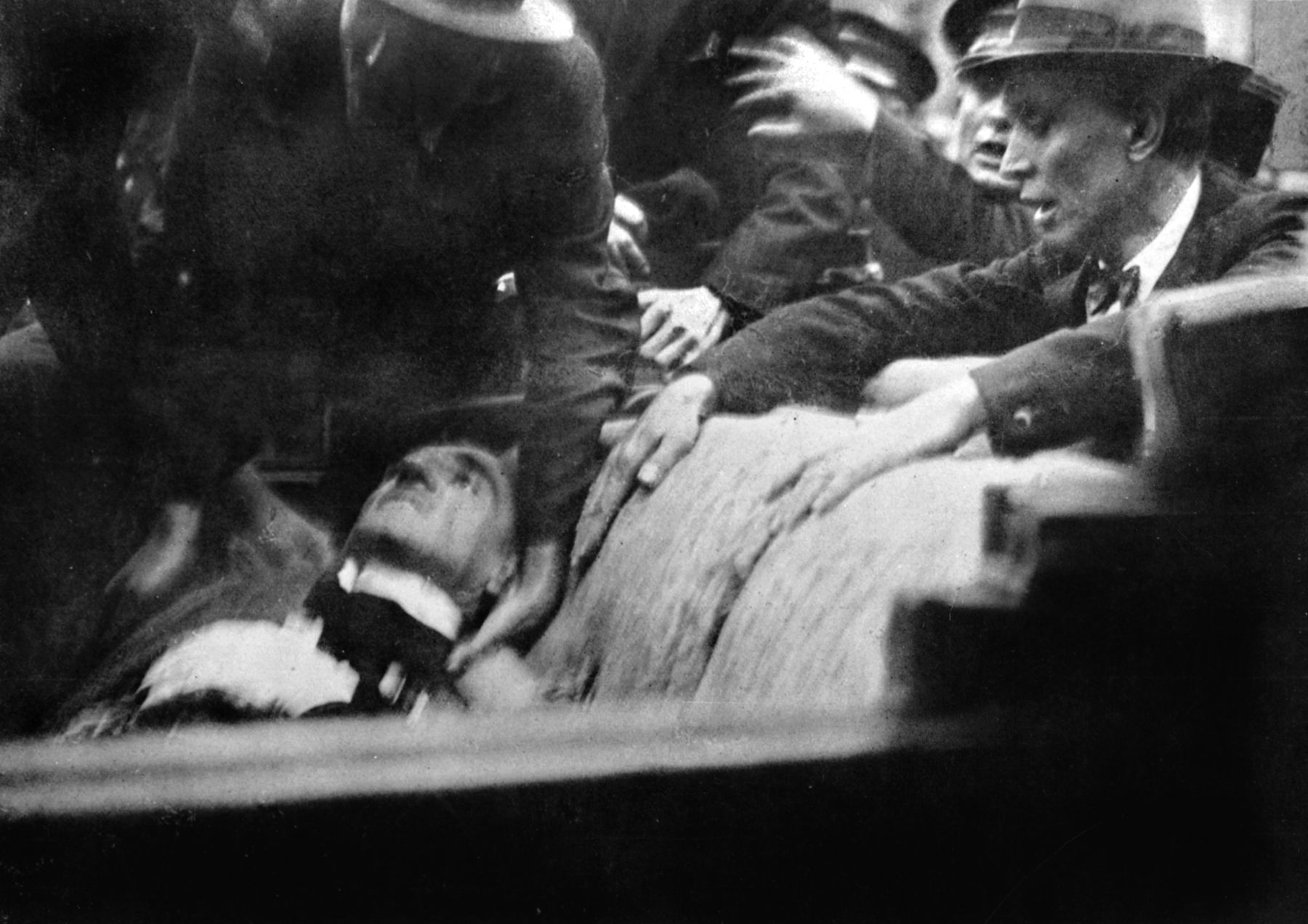
Remarkably, the shooting was captured on film by a newsreel cameraman standing a few feet away. It was one of the first assassinations preserved on film. The cameraman captured not merely the assassination, but the immediate aftermath, continuing to film within inches of the dying king. The footage can still be viewed online, a grim presage of President John F. Kennedy’s assassination in Dallas on November 22, 1963. As with the later event, policemen were everywhere that day except around the vehicle itself. Standing at curbside, they had their backs to the crowd—again, just like in Dallas.
The assassin, 36, was a professional hit man who claimed to have killed 30 people. He had so many aliases that only his nickname remains undisputed—Vlado the Chauffeur. His ID card bore the name Petrus Kalemen. It was not until an alert newsman noticed a characteristic skull and crossbones tattoo on the assassin’s forearm that he was officially identified and linked to the Ustasha and the IMRO. An accomplice, Milo Kralj, had been standing on a street corner a block away. Their plan was for Vlado to shoot the king and then escape into the crowd if he could. If he failed, Kralj would hurl grenades at the vehicle as a backup—the same method used successfully in 1942 by a pair of British-trained Czech paratroopers to assassinate SS General Reinhard Heydrich.
The assassins were supervised by spymaster Eugen Kvaternik, who also had a second team—Zvonimirv Pospisil and Milan Rajic—in Paris in case the first team failed altogether. Kvaternik reported directly to Ustasha leader Ante Pavelic, who was reportedly seen in France on September 26, traveling with a 24-year-old blonde woman, Maria Vondrasek, who later took a train from Turin, Italy, to Paris, bringing in her luggage the grenades, Mauser, and Walther pistols that were to be used by both teams of assassins.
Pospisil and Rajic were captured at Thonon, and Kralj was taken into custody at Fontainebleau Forest after a series of near escapes. Both Pavelic and Kvaternik later escaped from France, as did the famous “mystery blonde.” A French extradition request for Pavelic and Kvaternik was rudely rebuffed by an angry Mussolini, who threatened war with Yugoslavia if the case was pressed. In France, the trio of would-be assassins was sentenced to life imprisonment. Kralj and Pospisil died in prison; Rajic was freed in 1942 and returned to Croatia, where he died mysteriously.
Alexander’s body was returned home aboard the destroyer Dubrovnik. He lay in state at Belgrade and then was taken by cortege for burial at St. George’s Church in Oplenac. Among the luminaries following his coffin were Marshal Philippe Petain, representing France, and Luftwaffe General Hermann Goring, representing the Third Reich. Hitler sent a huge wreath.
The slain monarch’s first cousin and best friend, Prince Paul, became Regent for Crown Prince Peter, 11, until he was overthrown by the army in 1941, when the new king took the throne as Peter II, fleeing the German invasion a mere 11 days later. Ultimately, the Karadordevic dynasty was overthrown by Communist Marshal Josip Broz Tito, a Croat, in 1946. After Tito died in 1980, the country of Yugoslavia disintegrated into civil war in 1991, disappearing altogether in 2002.
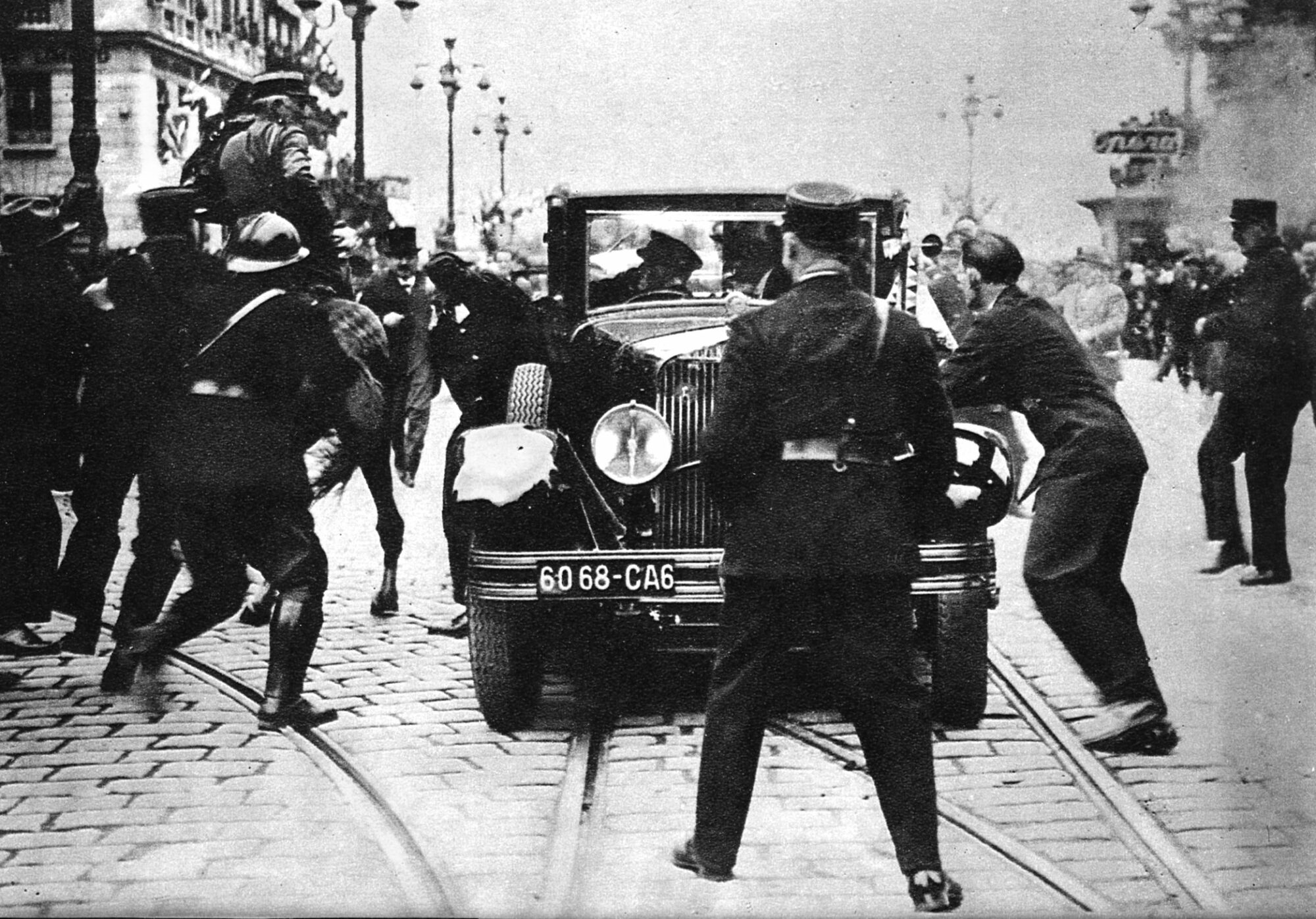
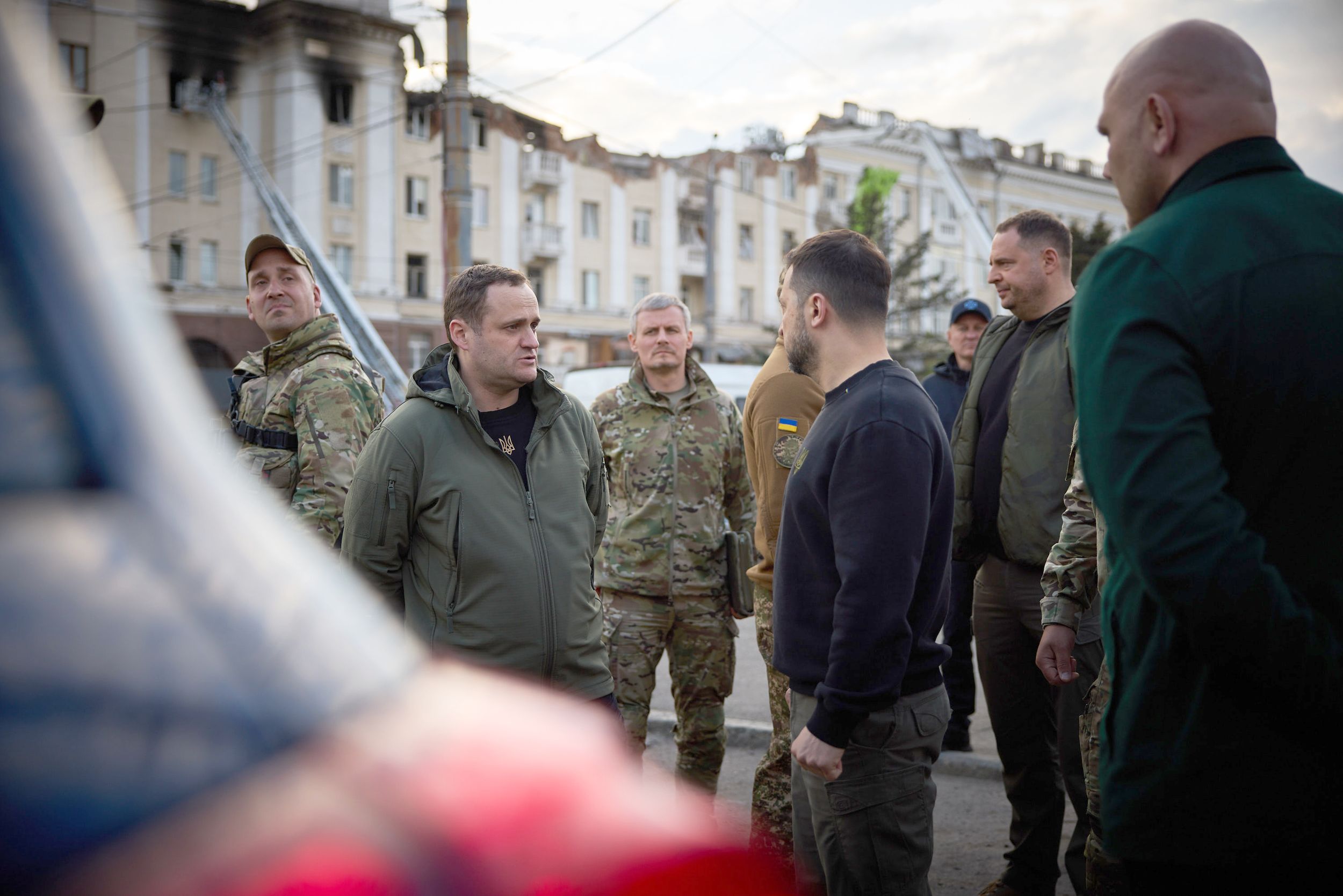
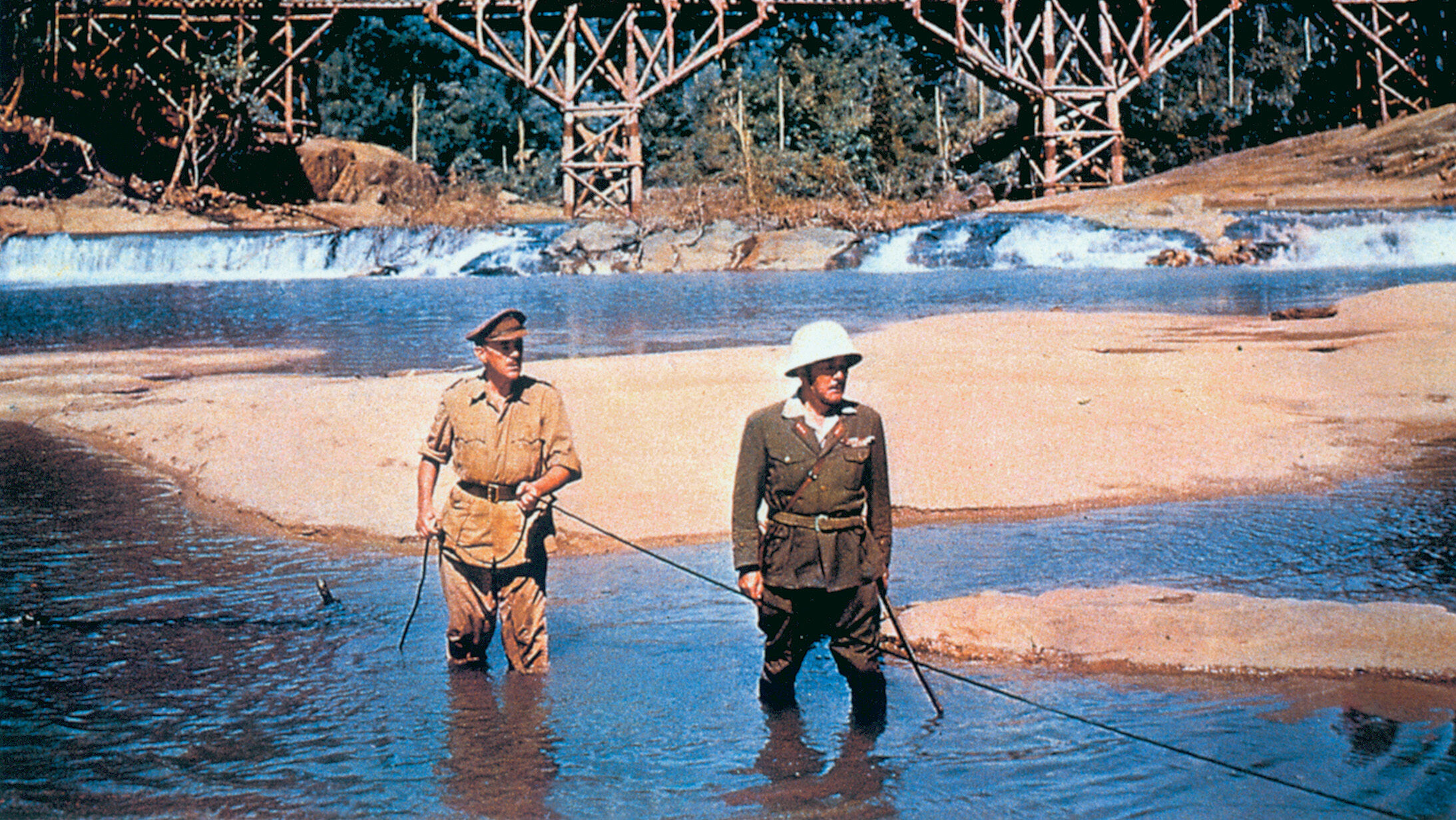
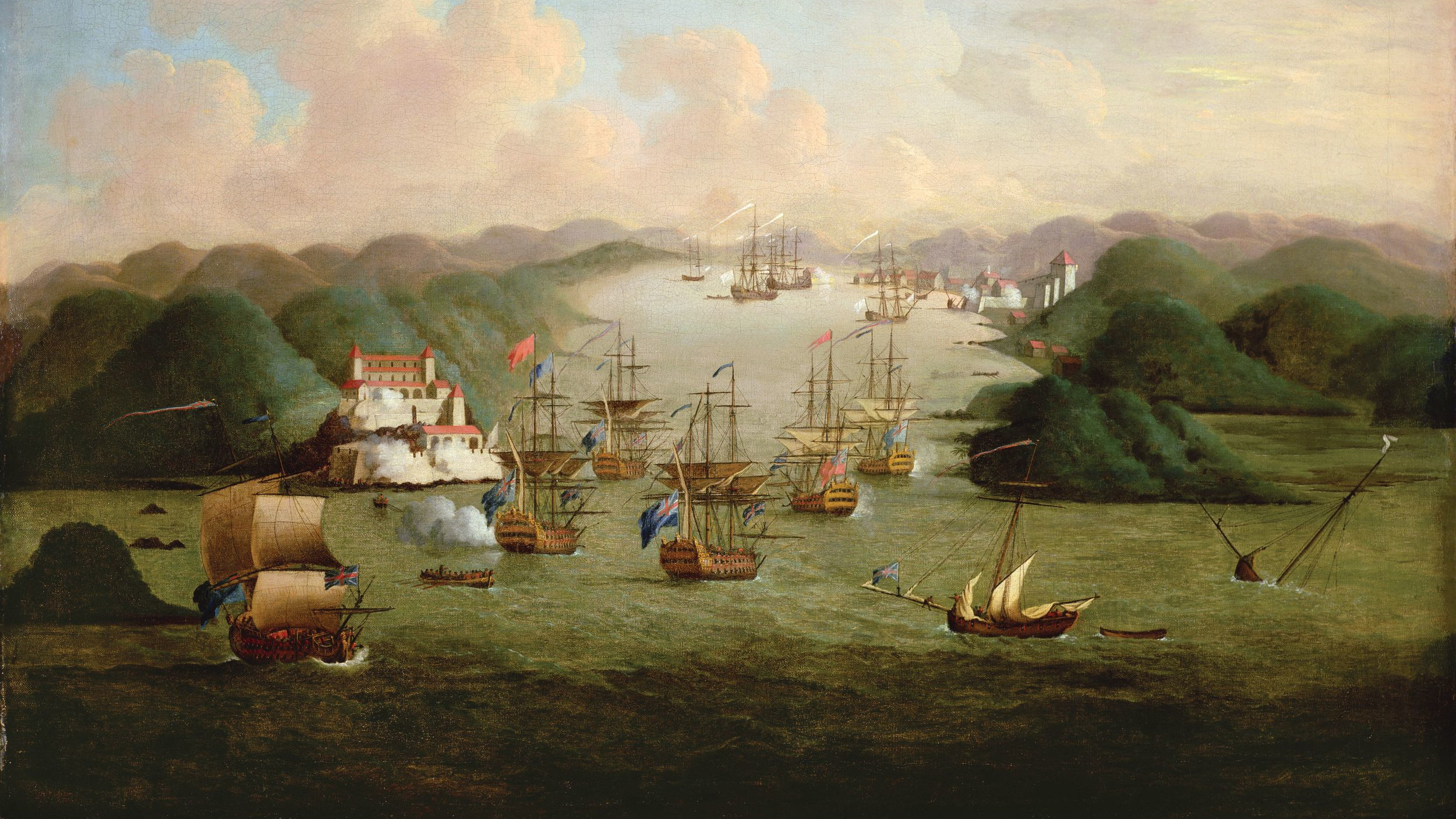
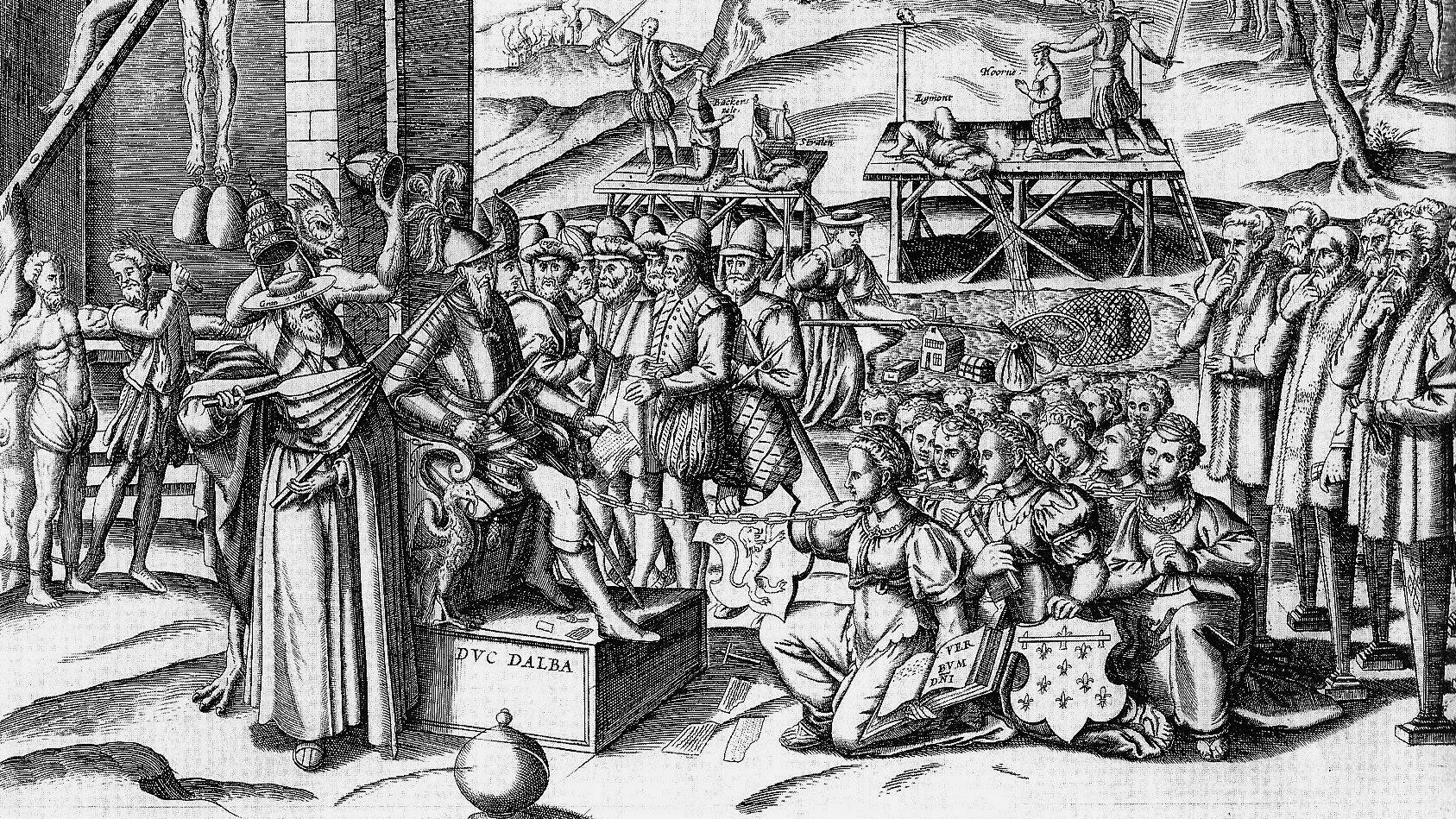
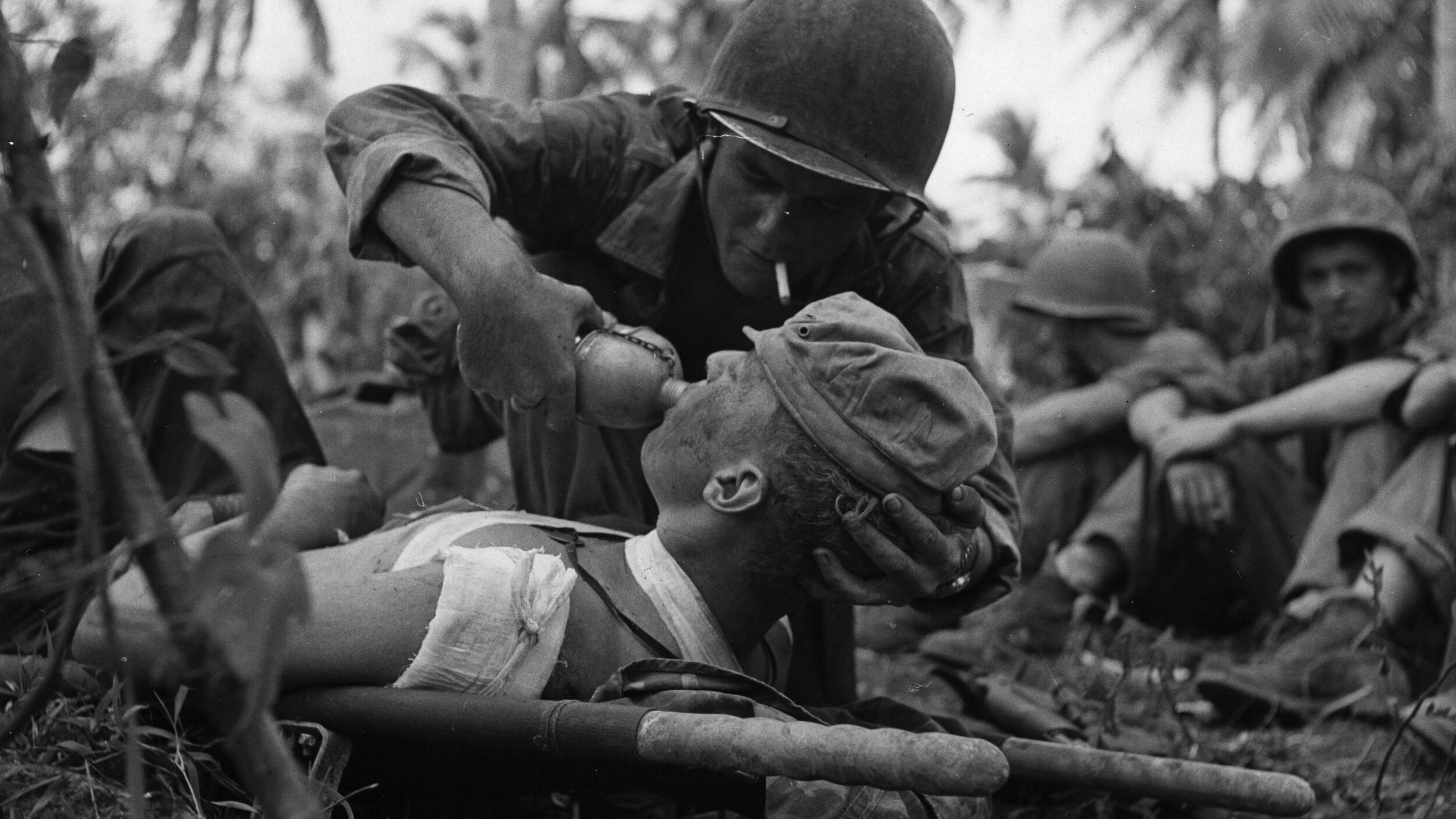
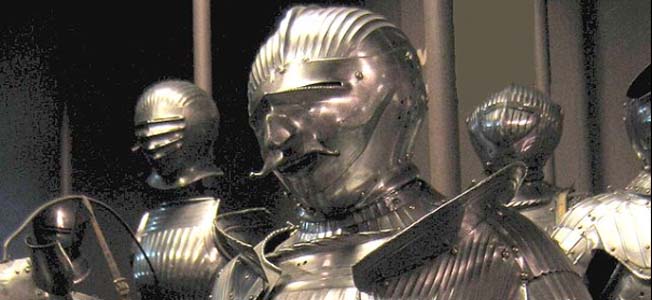
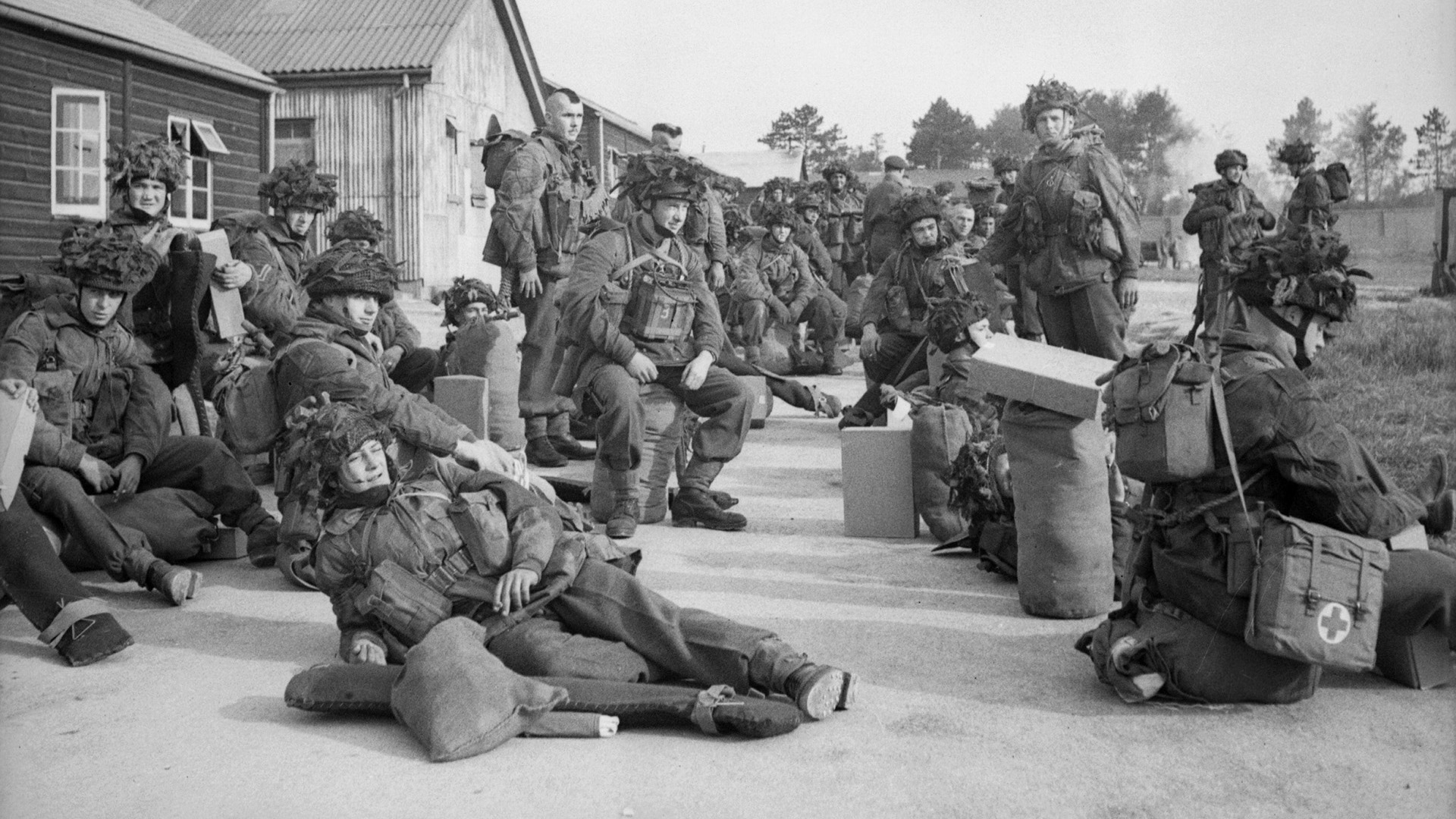
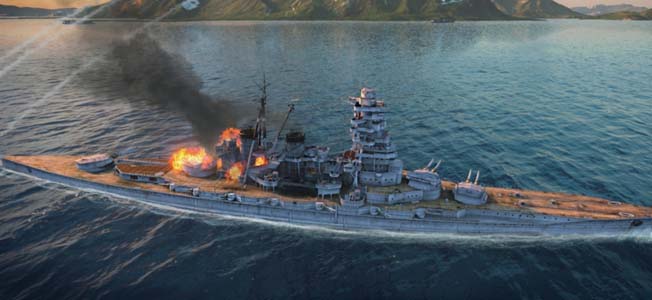
Join The Conversation
Comments
View All Comments